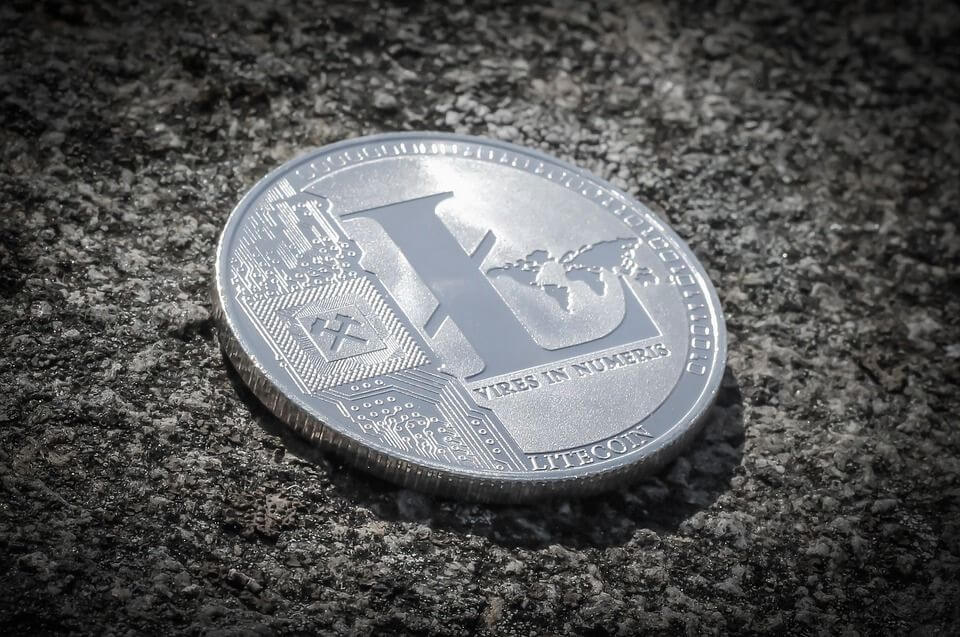
We are increasingly seeing signs that blockchain technology is set to replace the traditional ways of investing, doing business and moving around money. One of the latest big developments in this respect comes from the SALT crypto loans platform.
This upcoming firm has teamed up with Litecoin (LTC) to provide their loans and services. This is a major announcement, as it means that they have now adopted one of the most highly-respected and valuable cryptocurrencies on their platform.

Who Are SALT?
This company has been around since 2016, although their services didn’t go live until 2017. According to their site, their process “lets you leverage your blockchain assets to secure cash loans.” So, basically you can get hold of hard cash without selling the Bitcoin or Ethereum coins that you currently hold.
They claim to have loaned out over $50 million to date and have more than 64,000 users spread over 30 jurisdictions. When a borrower gets money from SALT, their digital assets are held in a secure multi-signature wallet until they are able to repay the loan and claim them back again.
Their interest rates start at just 5.99% for smaller crypto loans. However, larger amounts can see the interest go up as high as 12% or so. A map of their lendable areas shows large parts of the US included, as well as countries in Europe, Asia and elsewhere.
How Did They Choose to Work with Litecoin?
Perhaps the biggest question here is why the SALT leaders chose to team up with Litecoin to offer their loans. The truth is that this is a forward-looking cryptocurrency that has been making some interesting moves in the market lately.
For a start, they bought a stake in Germany’s WEG Bank AG in order to add more real-life value to their tokens. The man behind Litecoin is the sometimes controversial Charlie Lee, who was an engineer with Google before leading this project.
The name of Litecoin comes from the fact that it was created with a view to making the mining process lighter and more efficient. Rather than Bitcoin’s energy-intensive approach, Litecoin takes a gentler approach to mining that uses up far less of the world’s available energy.
Litecoin spun off from Bitcoin (BTC) in 2011, so it is one of the oldest, best-established alternative currencies on the market just now. It is very similar to Bitcoin in many of its technical details and has grown impressively to the current price of just over $50. A market capitalisation of around $3 billion puts this token firmly in the top ten list of the most valuable cryptocurrencies.
What Is the Bigger Picture?
This is part of a fascinating, growing trend that we have seen in the cryptocurrency world lately. As part of this, the once sharp divisions between digital money and real-life transactions are becoming increasingly blurred. It is no longer as easy as it once was to put blockchain into a fairly narrow definition, as they are now becoming a bigger part of our lives in so many different ways.
This has the benefit of making it easier for many more people to see the true value of these digital currencies. Rather than appearing to be distant, abstract concepts with no practical use to them, investors can now clearly see how adopting these coins can help them out in their everyday lives. This should encourage more investors to buy coins on exchanges and to look at the top crypto investment opportunities.
Taking out a loan from SALT and using Litecoin, Ripple(XRP) or Dash (DASH) for everyday banking transactions are each small steps in the road to making full use of cryptocurrencies. The move towards the mainstream use of these digital coins is well underway and gathering pace.
Featured image source: Pixabay

